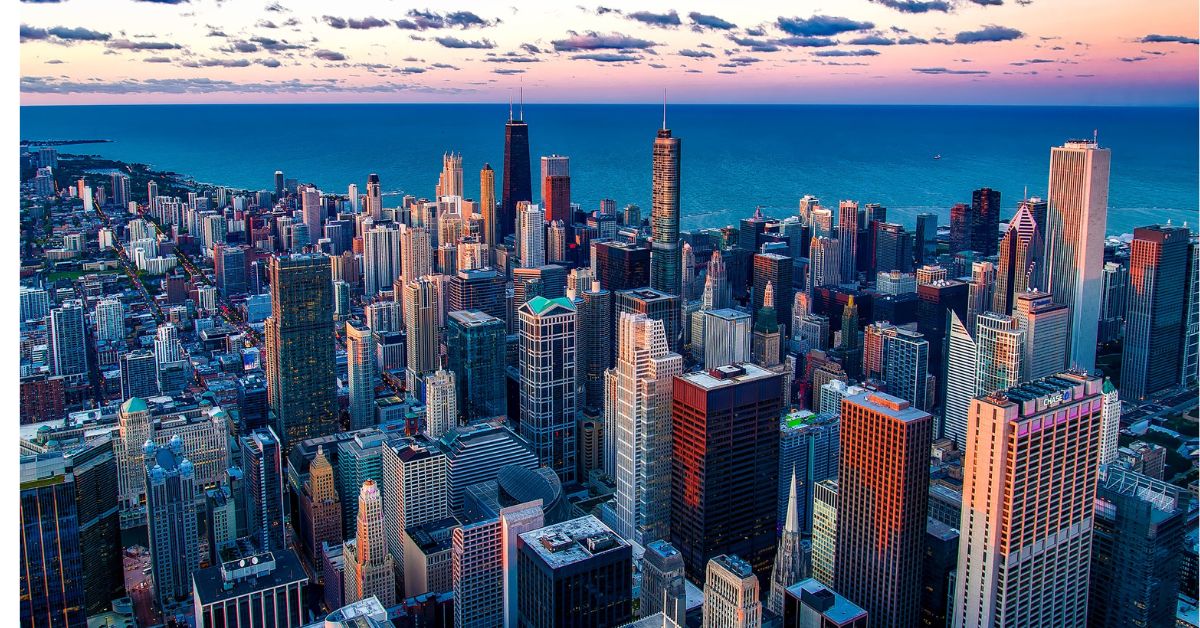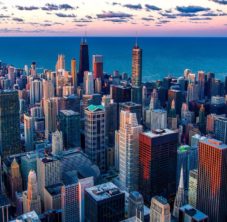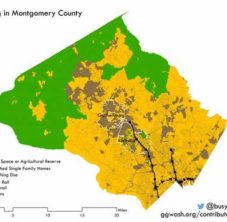In Part 1 of this series we mentioned that Zoning Text Amendment 23-10 exempts residential construction from any parking requirements within a one-half mile of Metro, Purple Line, and Bus Transit Centers. Where are these sites, and what is within a half-mile radius around them?
I drew circles around each of the county’s Metro, Purple Line, and bus transit centers which you can view at One-Half Mile Radii Around Transit Centers. The annotations on that map give us a very rough idea of what developers can build and where.
First, how many units of housing can be built within one-half mile of these transit stations? It depends on what is around each station. Existing undeveloped land or large parking lots are ideal for new construction, as they avoid the need to demolish existing units and possibly rebuild infrastructure. Shady Grove Metro is a good candidate, as it has a significant amount of parking lots within the half-mile radius. The downside is that within that radius you also have the Shady Grove Processing Facility and Transfer Station, more aptly known as The Dump.
Twinbrook Metro has a significant parking-lot footprint that makes for reasonable development.
Lyttonsville Station has a large footprint of parking lots as well as undeveloped land.
The undeveloped area to the west of the FDA complex close to the White Oak Bus Transit Center looks quite available.
Visually, however, it seems that most of the land within these Metro, Purple Line, and bus centers is already densely developed or have single-family detached lots. For example, the area around the Dale Drive station is mostly single-family detached (which begs the question why that area is scheduled for a Purple Line stop).
How many units can we stuff into each of these transit hubs?
The Warwick Apartments off University Avenue is one of the county’s largest apartment complexes with just under 400 units. Using an extremely amateurish method, I placed the Warwick (less its parking structure) over each of these transit hubs, and found that there is no room to replicate the Warwick’s footprint without disturbing existing residential or commercial infrastructure. Assuming we go for a more modest 100 unit building at each transit hub, that’s a total of 100 × 25 unique hubs = 2,500 units.
Council Member Evan Glass stated the motivation for ZTA 23-10:
Reducing parking near transit is a commonsense approach that will make housing more affordable, help us reach our housing goals, and move us toward a more sustainable, green future.
In Part 3 of this series, we’ll see how far 2,500 units aligns with these motivations.









